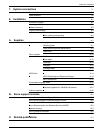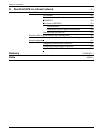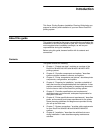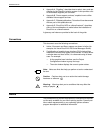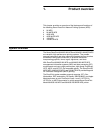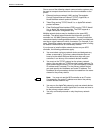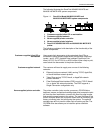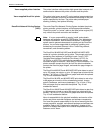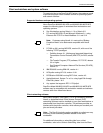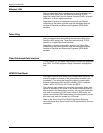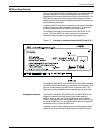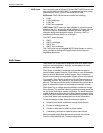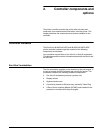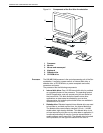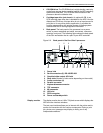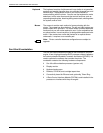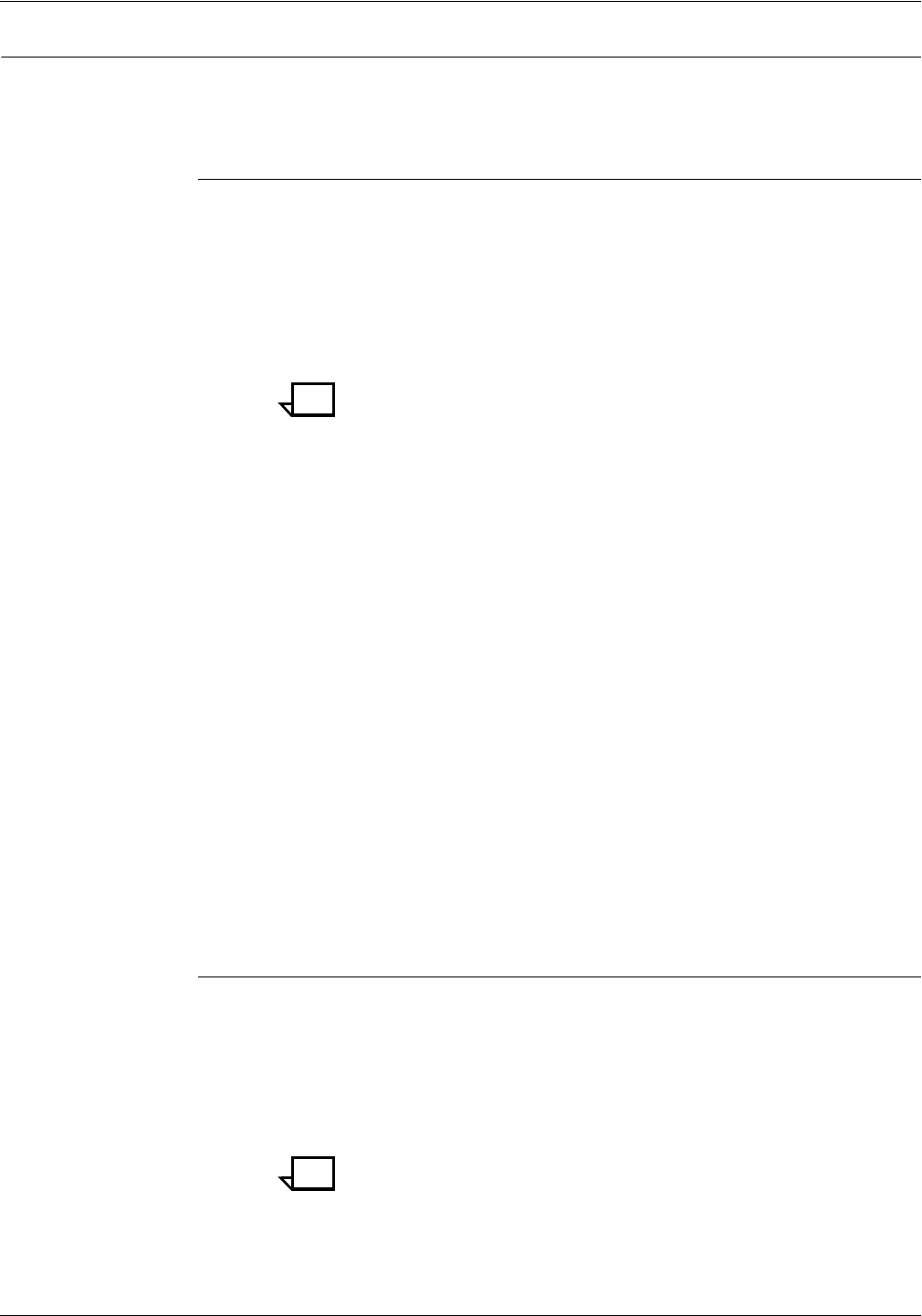
PRODUCT OVERVIEW
XEROX DOCUPRINT NETWORK PRINTER SERIES INSTALLATION PLANNING GUIDE FOR MODELS 96/4635/180 NPS 1-5
Client workstations and system software
To send print jobs to the DocuPrint NPS printer, the customer needs
to provide the proper client hardware as well as operating system
and network software.
Supported hardware and operating systems
Xerox DocuPrint 96/4635/180 NPS and 96/4635/180 MICR NPS
support the following types of networked client workstations and
operating systems:
• Sun Workstation running Solaris 1.1.X or Solaris 2.X
• PC running MS-DOS 6.2 and Microsoft Windows 3.1, using
Ethernet with TCP/IP or Novell NetWare 3.11 and 3.12
Note: Customers using Novell 4.1 must set the “Bindery
Emulation Mode” to be backwards compatible with Novell
3.12.
• PC 386 or 486, running MS-DOS, version 6.2, with one of the
following TCP/IP packages:
— PathWay Access 3.1, Wollongong Integrated Networking/
Transmission Control Protocol (WIN/TCP) for DOS, release
6.0
— File Transfer Program (FTP) software, PC-TCP/IP, release
3.0 or higher
— Sun Personal Computer–Network File Services (PC-NFS),
version 5.1
• IBM RS/6000 running IBM AIX, version 4.1
• HP/Apollo running HP-UX, version 10.01
• DECStation 5000/200 running DEC Ultrix, version 4.3
• Apple Macintosh, System 7.x or 8.x, using AppleTalk through
EtherTalk, phase 1 or 2
• Any system that supports RFC-1179 lpr/lpd.
DocuPrint Model 96/4635/180 NPS and 96/4635/180 MICR NPS
software may be compatible with workstation models and software
versions other than those listed above.
Client networking software
Xerox client software, a third-party TCP/IP lpr networking software,
Novell, or Apple/Macintosh Printer Access Protocol (PAP)
networking software must be installed on your client workstations or
downloaded from the printer controller. This software provides an
interface with the printer controller, which allows you to submit print
jobs and check job status.
Note: The DocuPrint printing options available to a client user vary
according to the networking software loaded on the client
workstation.
For additional information on submitting jobs from a client
workstation, refer to the Guide to Submitting Jobs from the Client.



